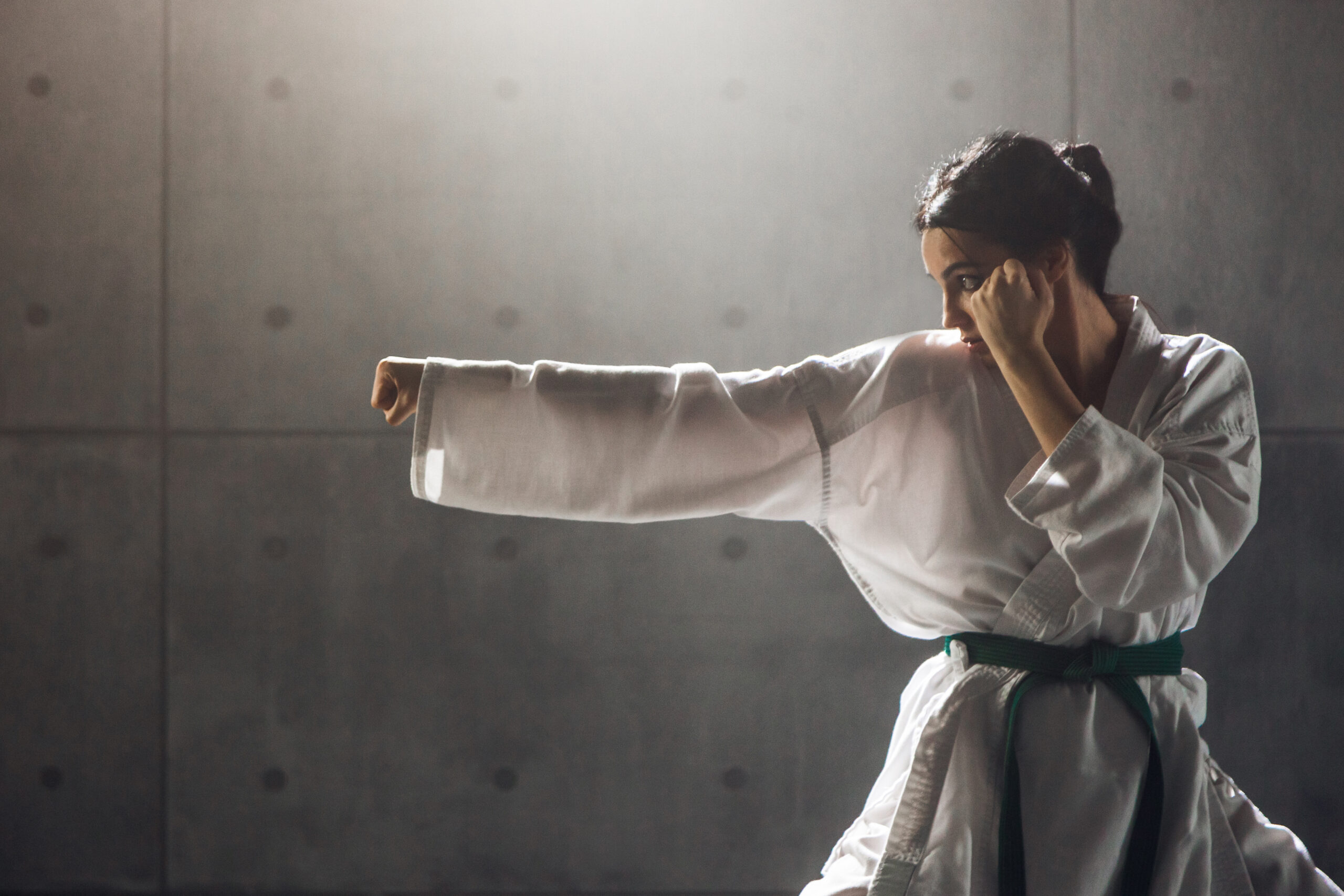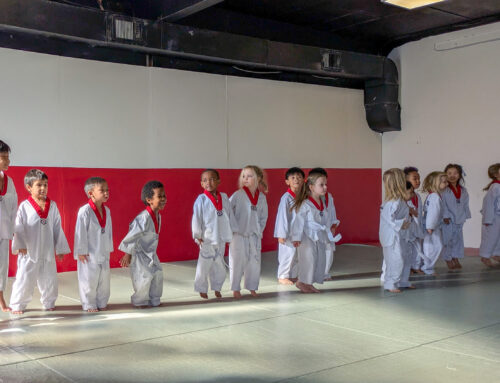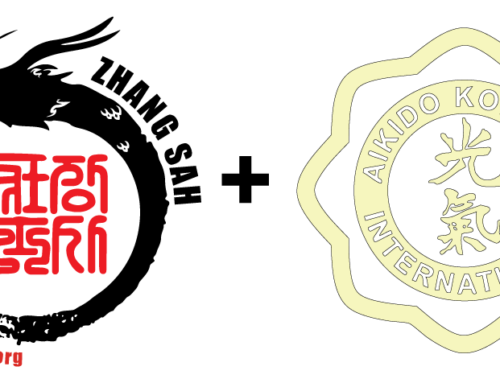
On the visit Okinawa Japan’s website the Headline text reads:
Celebrate karate, the martial art with roots that can be traced back 700 years
“Perhaps the most famous of all martial arts, karate embodies shurei-no-kokoro—the spirit of courtesy—a guiding tenet of both karate and life as a whole on Okinawa. Join thousands of others on Kokusai Street in Naha on October 25, Karate Day, as karate practitioners demonstrate their finely disciplined skills. A special dedicatory demonstration is also performed at the Shurei no Yakata dojo in Okinawa Karate Kaikan. In 2016, Naha’s Karate Day celebrations featured in the Guinness World Records for the most people (3973) performing a kata.” (https://visitokinawajapan.com/discover/events/karate-day/)
What I find interesting and telling, is the focus on “shurei-no-kokoro—the spirit of courtesy” along with promoting demonstrations of kihon (techniques) and kata (forms). O Sensei Funakoshi writes in his master text:” One must have dignity without ferocity. Martial arts must bring one to this height.” ( Funakoshi, Karate-Do KyoHan pg. 247) So while this idea of “Karate Day” may conjure visions of board breaking, high flying demonstrations, and even exhibition matches. We should focus on the core principle of the spirit of courtesy and dignify Karate by how we represent what Karate is to the world. Like I’ve mentioned on this blog before, “In many ways, courtesy is how martial art differs from fighting.” This is just one reason why courtesy is one of Zhang Sah’s core tenets.



